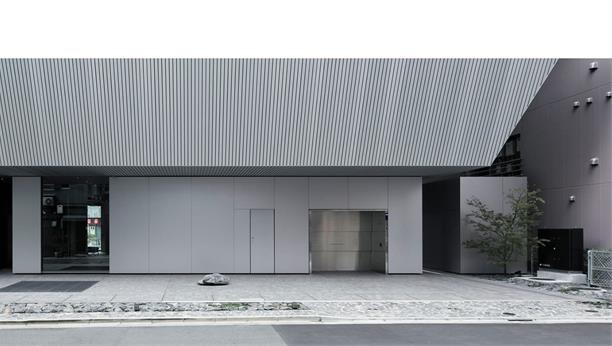Architectural Intervention: Analysis and Design Strategies
Makoto Yamaguchi
Hōryū-ji Temple in Nara Prefecture, Japan, is considered the world’s oldest surviving wooden structure. Built in 607, destroyed by fire in 670, and rebuilt in 708, the temple complex continues to serve its original religious functions. Repairs have mainly involved replacing damaged structural and secondary components to preserve the original form. As a result, Hōryū-ji has maintained nearly the same appearance and function for over 1,300 years.
Ise Jingū in Mie Prefecture, founded in 4 BCE, is rebuilt every 20 years in a ritual called Shikinen Sengū. Two adjacent sites of equal size, located along an east-west axis, are used alternately for reconstruction, with the old shrine dismantled after the new one is built. The current shrine is the 62nd iteration, completed in 2013, with the next planned for 2033.
These examples show that in Japan, preserving the original form is highly valued. Conversely, if this value is not recognized, the demolition of the structure becomes the basic scenario, especially for buildings from the 19th century onward.
In Rome, architecture of existing heritage—such as that found on the Roma Tre University campus—is often preserved through architectural interventions that enable reuse or transformation. These interventions vary: some are visually discreet, others boldly contemporary; some highlight contrasts between past and present, while others blend into the original structure.
In this studio, we will investigate and analyze architectural interventions into existing heritage. We will examine how new elements have been added, and explore how such additions function as design strategies.
Our first objective is to classify and conceptualize various methods of intervention through detailed case studies. The second objective is to apply the resulting strategies to develop a design proposal for an existing building selected by each student. In doing so, we aim to understand architectural intervention not only as a means of preservation, but also as a critical and creative design methodology relevant to contemporary practice.
Bibliographical References: None
For info: Link identifier #identifier__34943-1Makoto Yamaguchi Design | 山口誠デザイン
LAB - Learning From Abroad - Dipartimento di Scienze Politiche
 Dipartimento di Scienze Politiche
Dipartimento di Scienze PoliticheDipartimento di Scienze Politiche dell'Università degli Studi Roma Tre
Department of Political Science

Dipartimento di Scienze Politiche dell'Università degli Studi Roma Tre
